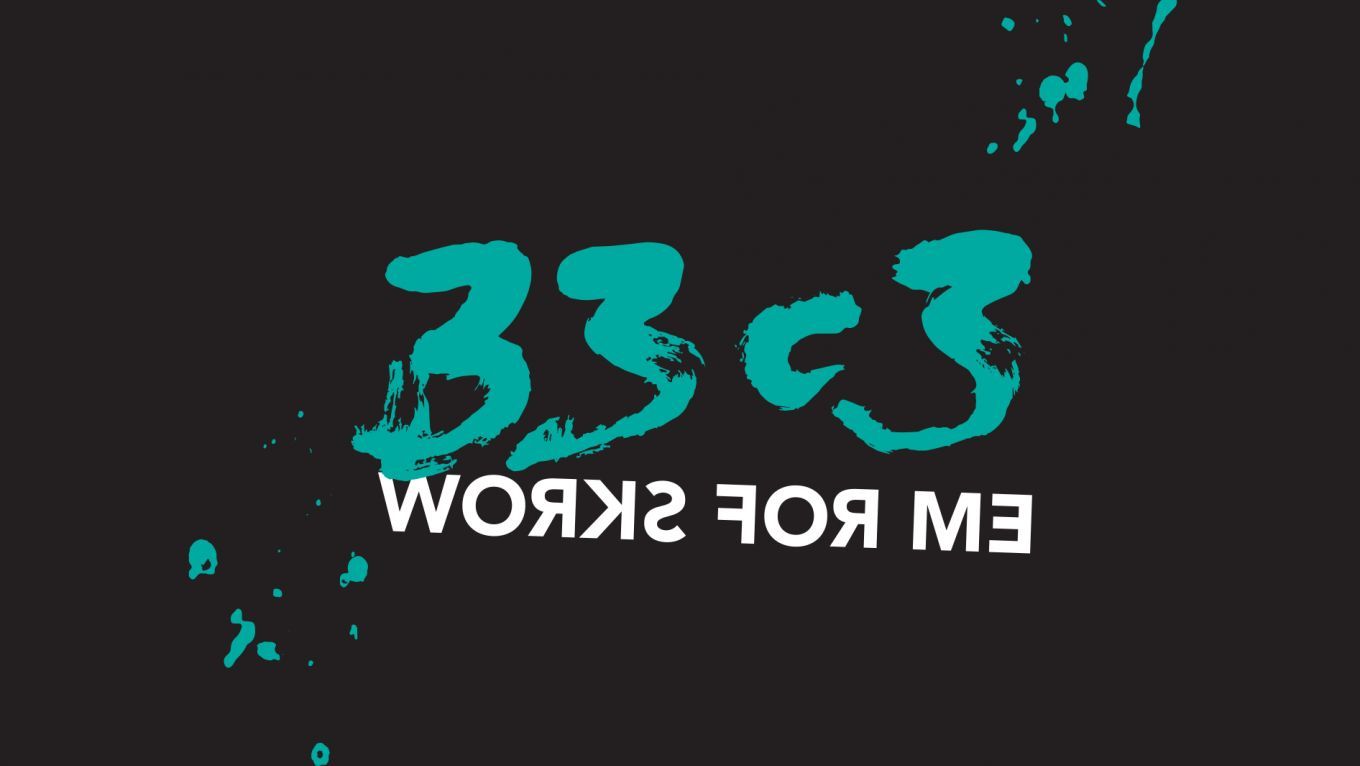Hardware & Making
The Ultimate Game Boy Talk
The 8-bit Game Boy was sold between 1989 and 2003, but its architecture more closely resembles machines from the early 1980s, like the Commodore 64 or the NES. This talk attempts to communicate "everything about the Game Boy" to the listener, including its internals and quirks, as well as the tricks that have been used by games and modern demos, reviving once more the spirit of times when programmers counted clock cycles and hardware limitations were seen as a challenge.
The Nintendo Game Boy was an 8-bit handheld gaming console that competed with the SEGA Game Gear and the Atari Lynx. Compared to its competition, it had very little RAM (8 KB) and no color support (4 shades of gray at 160x144). It was succeeded by the Game Boy Color, which fixed this main shortcoming, but shared the same architecture. During the 14 year life span of the 8 bit Game Boy platform, game programmers kept understanding the hardware better and better, and continued finding new tricks for better graphics effects, such as sprite multiplexing, parallax and palette effects. This talk explains all the hardware details of the Game Boy: The programming model of the 8080/Z80-like LR35902 CPU, the system's sound, timer and I/O functionality, and programming details as well as common tricks involving the graphics processor ("PPU"), which was specifically designed for LCD output. The listener will get a good understanding of 8 bit programming and creative programming on extremely limited hardware, as well as common tricks that can be generalized to other systems.
Weitere Infos
| Format | lecture |
|---|---|
| Sprache | Englisch |
Weitere Sessions
| 27.12.16 |
<a href="https://outernet.is">Outernet</a> is a company whose goal is to ease worldwide access to internet contents by broadcasting files through geostationary satellites. Most of the software used for Outernet is open source, but the key parts of their receiver are closed source and the protocols and specifications of the signal used are secret. I have been able to <a href="http://destevez.net/tag/outernet/">reverse engineer</a> most of the protocols, and a functional <a ...
|
| 27.12.16 |
Software Defined Radios (SDRs) became a mainstream tool for wireless engineers and security researches and there are plenty of them available on the market. Most if not all SDRs in the affordable price range are using USB2/USB3 as a transport, because of implementation simplicity. While being so popular, USB has limited bandwidth, high latency and is not really suitable for embedded applications. PCIe/miniPCIe is the only widespread bus which is embedded friendly, low latency and high bandwidth ...
|
| 27.12.16 |
The NibbleTronic is a MIDI wind controller that features a novel user interface resulting in a unique tonal range. The standard configuration allows to precisely play a bit more than four full octaves including semitones with only one hand.
|
| 27.12.16 |
Mit steigendem Datenaufkommen und einer immer größer werdenden Zahl von Geräten muss auch das WLAN wachsen. Nach "ur WiFi sucks!!1!" ist dieser Talk eine kleine Einführung in die Neuerungen, welche mit dem 802.11ac-Standard gekommen sind und gibt eine Erklärung, wie sie funktionieren.
|
| 27.12.16 |
"Smart" devices using BTLE, a mobile phone and the Internet are becoming more and more popular. We will be using mechanical and electronic hardware attacks, TLS MitM, BTLE sniffing and App decompilation to show why those devices and their manufacturers aren't always that smart after all. And that even AES128 on top of the BTLE layer doesn't have to mean "unbreakable". Our main target will be electronic locks, but the methods shown apply to many other smart devices as well...
|
| 28.12.16 |
How to get USB running on an ARM microcontroller that has no built in USB hardware. We'll cover electrical requirements, pin assignments, and microcontroller considerations, then move all the way up the stack to creating a bidirectional USB HID communications layer entirely in software.
|
| 28.12.16 |
Yosys is a free and open source Verilog synthesis tool and more. It gained prominence last year because of its role as synthesis tool in the Project IceStorm FOSS Verilog-to-bitstream flow for iCE40 FPGAs. This presentation however dives into the Yosys-SMTBMC formal verification flow that can be used for verifying formal properties using bounded model checks and/or temporal induction.
|

